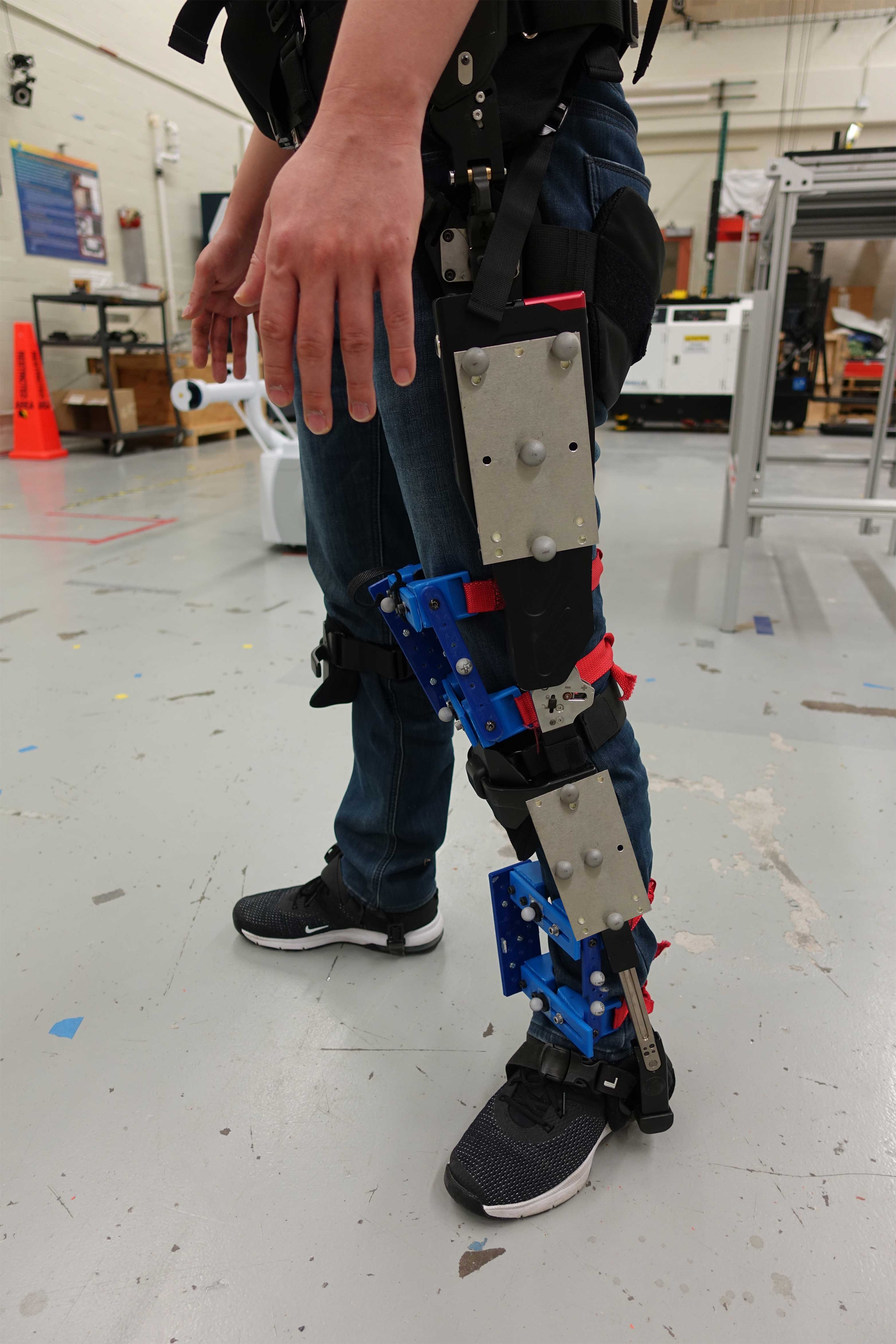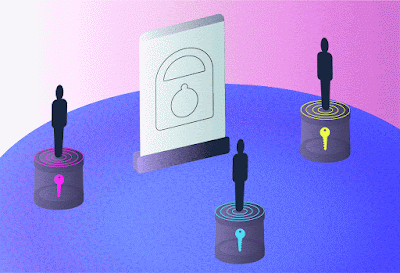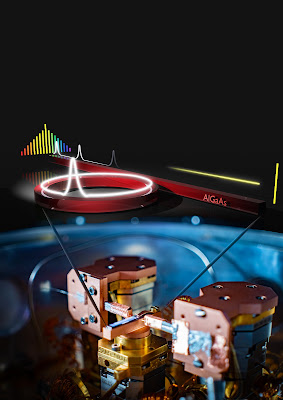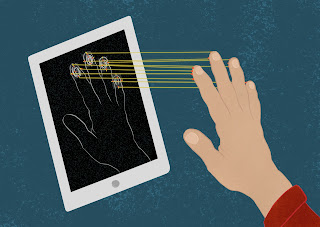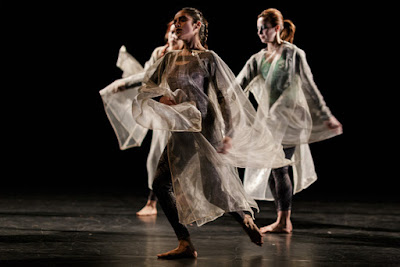NIST researcher Megan Cleveland uses a PCR machine to amplify DNA sequences by copying them numerous times through a series of chemical reactions.
Credit: M. Cleveland/NIST
Topics: Biology, Biotechnology, COVID-19, Diversity in Science, NIST, Research, Women in Science
Scientists track and monitor the circulation of SARS-CoV-2, the virus that causes COVID-19, using methods based on a laboratory technique called polymerase chain reaction (PCR). Also used as the “gold standard” test to diagnose COVID-19 in individuals, PCR amplifies pieces of DNA by copying them numerous times through a series of chemical reactions. The number of cycles it takes to amplify DNA sequences of interest so that they are detectable by the PCR machine, known as the cycle threshold (Ct), is what researchers and medical professionals look at to detect the virus.
However, not all labs get the same Ct values (sometimes also called “Cq” values). In efforts to make the results more comparable between labs, the National Institute of Standards and Technology (NIST) contributed to a multiorganizational study that looked at anchoring these Ct values to a reference sample with known amounts of the virus.
Researchers published their findings in the journal PLOS One.
SARS-CoV-2 is an RNA virus: Its genetic material is single-stranded instead of double-stranded like DNA and contains some different molecular building blocks, namely uracil in place of thymine. But the PCR test only works with DNA, and labs first must convert the RNA to DNA to screen for COVID-19. For the test, RNA is isolated from a patient’s sample and combined with other ingredients, including short DNA sequences are known as primers, to transform the RNA into DNA.
RNA Reference Materials Are Useful for Standardizing COVID-19 Tests, Study Shows, NIST
